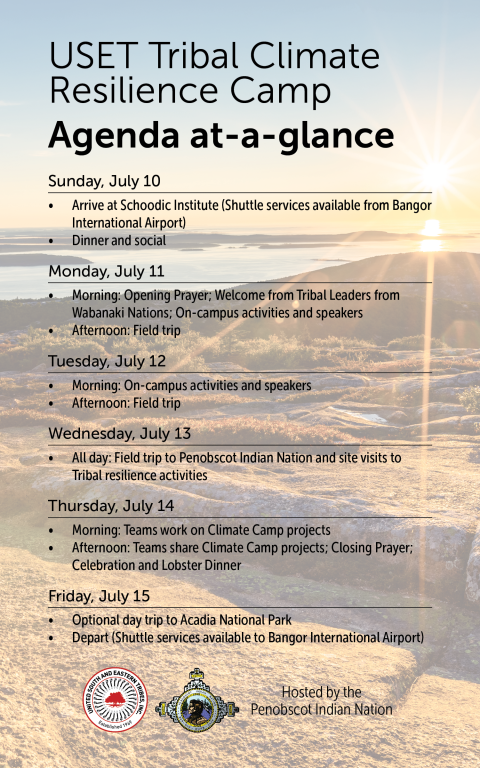"Excellent and essential for Tribes seeking to do Climate Change planning...it provides a space, time, and resources for Tribal teams to get together and really push things forward in a collaborative format that is supportive, instructive, and inspiring. I hope the sponsors acknowledge this and continue allowing for such camps in the future."
- Tribal Nation Delegate
